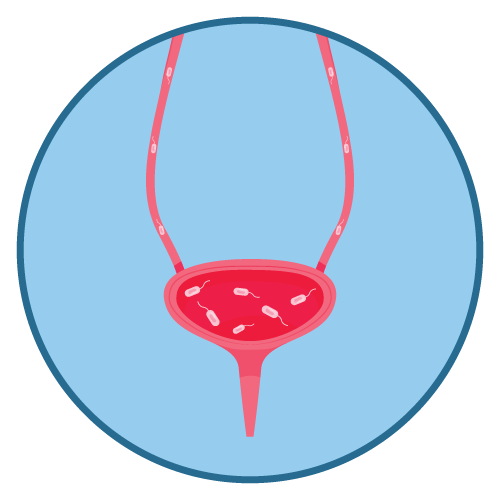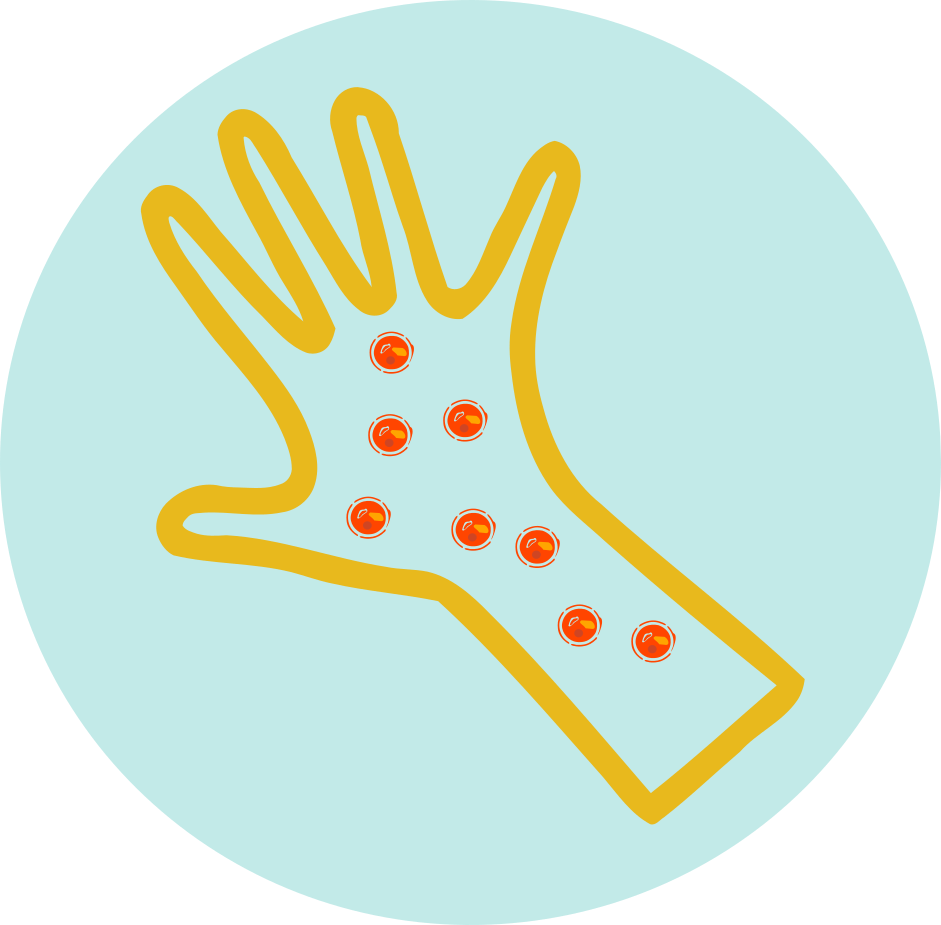| Name | Nalidixic Acid |
| Classes |
Antiinfective Agent Antibiotic Fluoroquinolone |
| Diseases |
Infectious Disease UTI (Urinary Tract Infection) |
Nalidixic Acid
Nalidixic Acid is a synthetic antibacterial agent that belongs to the class of quinolone antibiotics. Nalidixic Acid works by inhibiting bacterial DNA gyrase, an enzyme essential for bacterial DNA replication and repair. By disrupting this process, it prevents bacterial growth and replication.
- Nalidixic Acid is indicated for the treatment of urinary tract infections caused by susceptible bacteria.
- It is effective against various gram-negative bacteria, including Escherichia coli, Proteus species, and some strains of Klebsiella and Enterobacter.
- The dosage and administration of Nalidixic Acid should be individualized based on the severity of the infection and the patient's response to therapy.
- It is usually administered orally, and the tablets should be taken with a full glass of water.
- The full course of treatment should be completed, even if symptoms improve, to ensure eradication of the infection and prevent the development of resistance.
- The recommended dosage for initial therapy in adults is 1 g administered four times daily for one or two weeks (total daily dose, 4 g). For prolonged therapy, the total daily dose may be reduced to 2 g after the initial treatment period. Underdosage during initial treatment may predispose to emergence of bacterial resistance.
Adverse reactions to Nalidixic Acid may include:
- Nausea and vomiting
- Diarrhea
- Headache
- Dizziness or lightheadedness
- Skin rash or itching
- Photosensitivity (increased sensitivity to sunlight)
- Elevated liver enzymes (rare)
- Allergic reactions, such as hives or swelling of the face, lips, or tongue (rare)
- Nalidixic Acid should be used with caution in patients with a history of hypersensitivity or serious adverse reactions to quinolone antibiotics.
- It should not be used to treat viral infections, as it is only effective against bacterial infections.
- Patients should be advised to avoid prolonged exposure to sunlight or artificial UV light while taking Nalidixic Acid due to the risk of photosensitivity reactions.
- The use of Nalidixic Acid may cause tendonitis or tendon rupture, especially in elderly patients and those concurrently receiving corticosteroids. If signs of tendon pain or inflammation occur, the drug should be discontinued, and medical advice should be sought.
- It should be used cautiously in patients with a history of seizures or those at risk of developing seizures.
Contraindication
Nalidixic Acid is contraindicated in individuals with a known hypersensitivity to nalidixic acid or any other quinolone antibiotics such as-
It should not be used in children younger than 18 years of age, as it may cause damage to developing cartilage.
 Bangla
Bangla English
English



